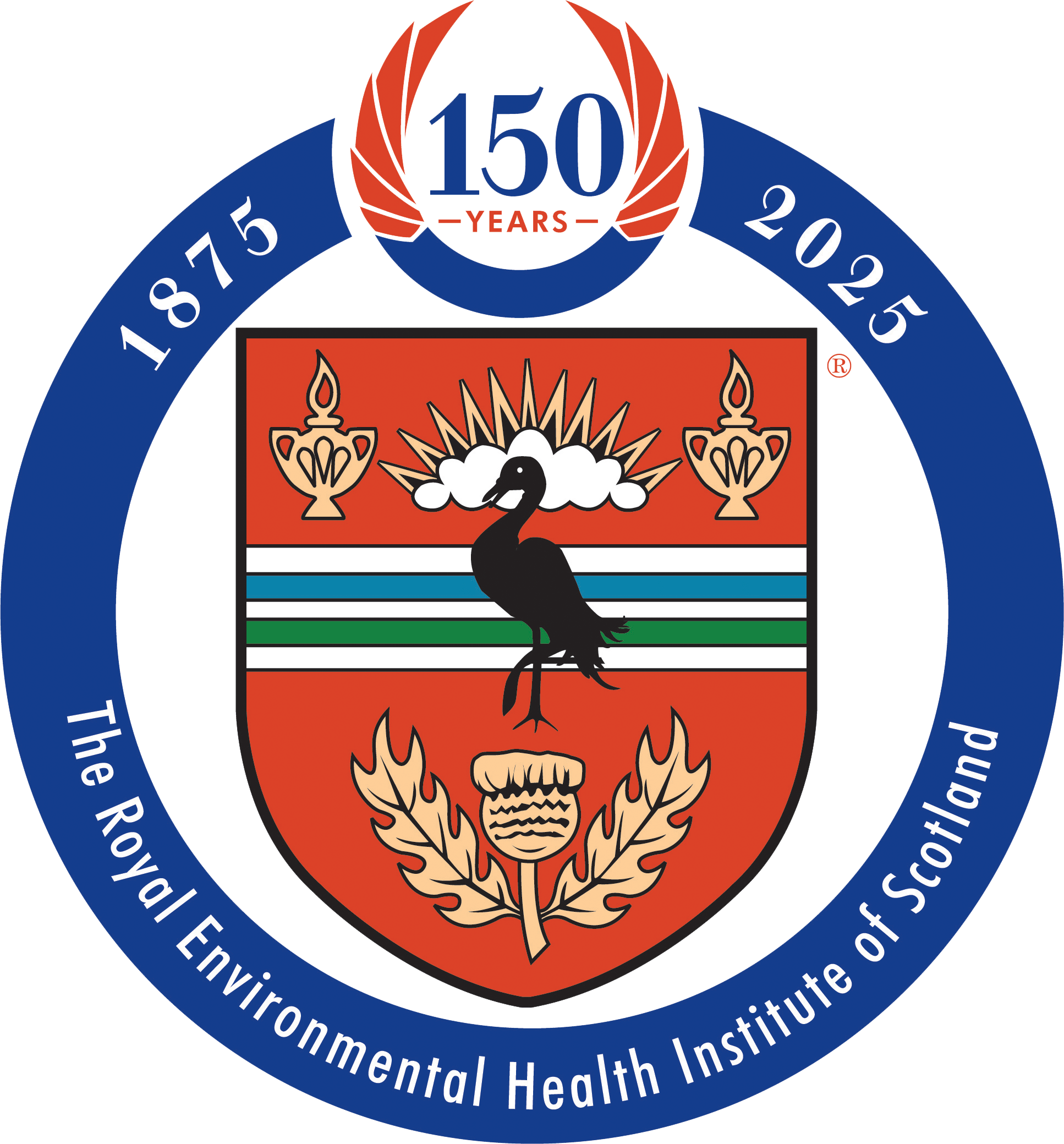Environmental Standards Scotland’s (ESS) has published their Areas of Research Interest document which collates recommendations on research and evidence requirements.
The Areas of Research Interest document collates ESS’ recommendations on research and evidence requirements that have been identified through our investigations and analytical work conducted under the eight environmental topic areas identified in ESS’ 2022-2025 Strategic Plan. A number of these evidence gaps relate to a lack of national scale environmental data for Scotland, including cases where only partial regional data are available and cases where only UK or European level data are available.
The Area of Research Interest include:
Air quality
Air pollution is a significant environmental issue in Scotland due to its impact on public health and the wider environment. Scientific uncertainties and evidence gaps remain in understanding the changing patterns of emissions and the effectiveness of regulatory measures. ESS has identified the following research and evidence needs on air quality:
- understanding the effectiveness of Scotland’s existing air quality monitoring network for measuring NO2 and particulate matter pollution in Scotland, given the known changes in emission sources
- understanding exposure at schools, hospitals or other sites where vulnerable groups are present to NO2 and particulate matter pollution in Scotland
- understanding how should an emissions monitoring system should be designed to support a harm reduction agenda for at risk groups across Scotland
- understanding the relationship between agriculture emissions and particulate matter generation in Scotland. What contribution do key precursors such as ammonia make to particulate matter pollution through secondary emissions?
Land and soil
Scotland’s soils play a critical role in supporting biodiversity, agriculture and the nation’s ambitions for climate resilience. Notable knowledge gaps remain on the status and health of Scotland’s soil and the long-term impact of multiple human-driven pressures. ESS has identified the following research and evidence needs on soil:
- understanding spatial and temporal trends in soil biodiversity at a national scale, including opportunities for innovative low cost and efficient monitoring
- quantifying any changes to soil carbon stocks that arise from tree planting carbon sequestration schemes
- the environmental and soil biodiversity impacts of spreading waste material and by-products, including sewage sludge, on land to improve soil nutrient concentrations. This includes understanding the extent to which spreading waste introduces contamination, with a particular focus on contaminants that do not form part of the required testing regime such as Per- and Polyfluorinated Substances (PFAS) and microplastics
Antimicrobial resistance
Antimicrobial resistance (AMR) is an emerging environmental issue in Scotland, with significant implications for ecosystem health, biodiversity, and public health. AMR can arise from a range of sources, including agricultural runoff, wastewater treatment plants, and pharmaceutical waste, allowing resistant microbes and antimicrobial genes to persist and spread in soils, waterways, and wildlife. There are multiple evidence gaps relating to AMR in the environment. ESS has identified the following research and evidence needs on AMR:
- the impacts of anti-microbial pollution on the environment including in relation to biodiversity and ecosystem functions and processes. Specifically, this includes distinguishing between the environment as a transmitter of AMR genes and the environment being impacted by AMR
- the transmission of AMR from wildlife
- spatial and temporal trends in pharmaceutical pollution
Water
Scotland has extensive water resources including 90% of the UK’s surface freshwater and 8% of Europe’s coastline. Scientific understanding of these interconnected environments and how different pressures and management practices impact environmental status is inherently complex. ESS has identified the following research and evidence needs on water, including marine:
- understanding the accuracy of predicted storm water overflow spill rates from hydraulic modelling and in response to locations where environmental pollution incidents have occurred
- temporal and spatial trends of storm water overflow spills in dry weather in Scotland, and the relative environmental impact of spills from storm water overflows in dry weather
- key sources, pathways and flux of marine litter at a national scale.
- the drivers and causes of fishing-derived marine litter in Scotland, including a more comprehensive understanding on changes in fishing gear use and waste generation in Scotland
Climate change
Scottish local authorities are required to report on compliance with their climate change duties. This includes reporting on greenhouse gas emissions that contribute to their overall emissions footprint. However, accurate accounting of emissions remains challenging due to incomplete or partial data across supply chains and a lack of consensus on effective reporting methodologies. ESS has identified the following research and evidence needs on emission assessments:
- development of suitable methodologies to enable local authorities to report on relevant scope 3 emissions
- quantifying emission increases and reductions that arise from Scottish Government infrastructure investments
Cross-cutting
ESS has a cross-cutting interest in understanding best practice in providing public access to environmental data held by both the public and private sector. ESS is also interested in understanding opportunities for using Scotland’s existing national environmental monitoring programmes and/or other existing data to provide novel environmental insights.
In sharing the Areas of Research Interest, ESS is seeking to motivate research funders and research teams to deliver new scientific evidence on key environmental topics which can be used by both ESS and wider public authorities to deliver their functions. ESS will use this ARI document in our ongoing engagement with UK Research and Innovation (UKRI), and other bodies, to inform and support the focus of environmental research funding.

